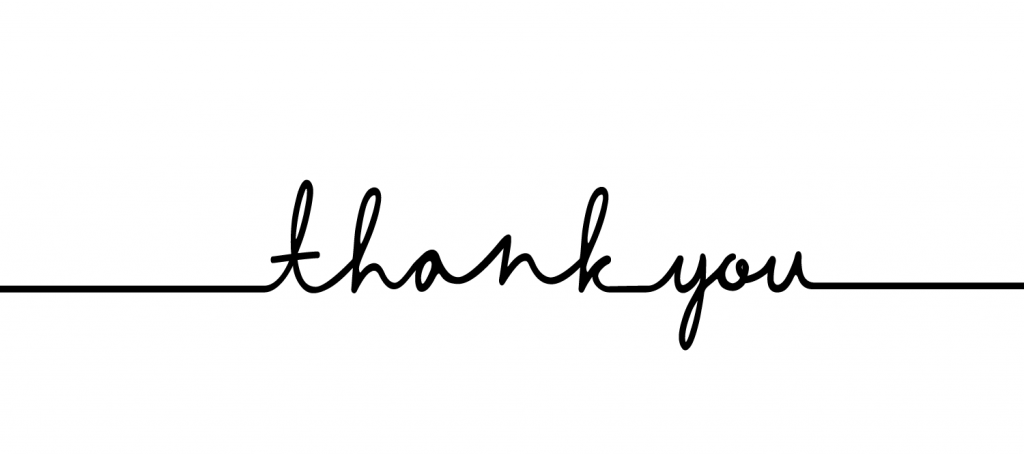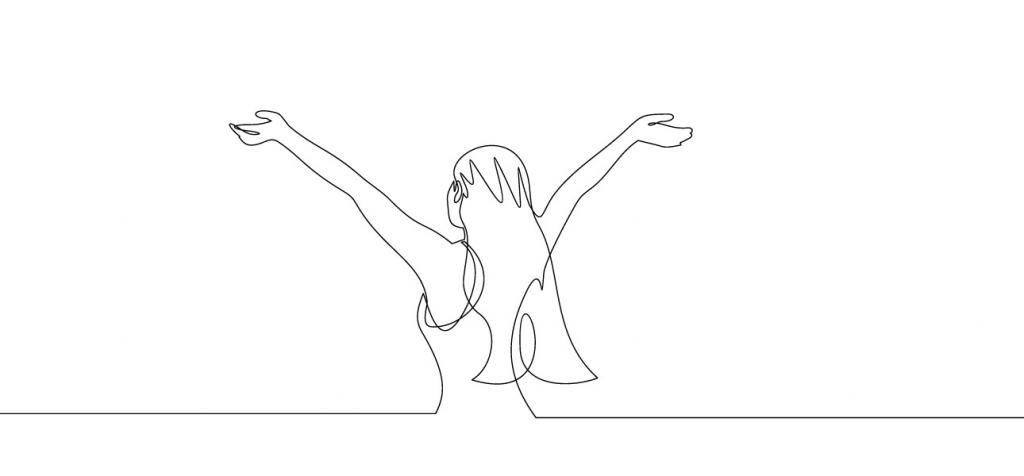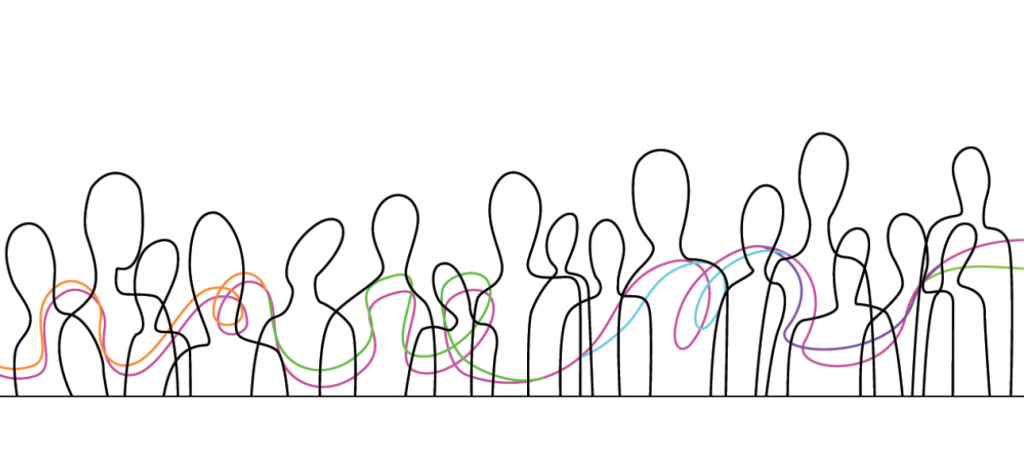
Fall is the perfect time of year to press ctrl+alt+delete and reset your routines around self-care. I’m definitely showing my age here – I’m pretty sure my kids don’t even know what that is. But I digress. Often, summer is a crazy time of year where we enjoy all the things – food & drink, relatives/company, crazy travel schedules, or no schedules and kids home for the summer, perhaps ignoring the things you need to show up in your best energy. I know all of this is true for me. We live in the Mountain West and summers are fleeting so we feel that we must “pack it all in” and cram everything into a few precious weeks of nice weather.
While grateful for the special times, as a mom, I often feel run down and tired at the end of summer. I crave getting back to the schedule that school requires and I have all of the best intentions to get back into a routine…my routine, for self-care. For me, this is especially important because I have an autoimmune condition that invites some real challenges into my life. So whether it is a change of season, a health challenge, or simply just wanting to do better, building a recipe for self-care can be a game changer.
Feel free to download my Self-Care Success tool under the Resources tab of the website(Adapted from the Magnolia Journal fall 2020: Building a Self-Care Success Formula).
THINK ABOUT YOUR TYPICAL DAY…
- What activities make you feel drained of energy or “below the line?” Is it possible to let any of these go to make space for renewal?
- Which daily patterns or routines are not working for you right now? Why?
- Which areas of your day could benefit from more flexibility and freedom?
- Which areas of your life could benefit from some degree of added structure?
- Which patterns or habits that are already in place bring you contentment or positive energy – “above the line?”
- When and where do you feel most at ease in your life?
- Which activities, places, or things make you feel inspired and alive?
- What time of the day do you feel most open, receptive, and curious?
Here’s my recipe:
- gratitude/reflection – gratitude literally rewires the brain. I have a practice of writing down three things in the morning and three things in the evening for which I am grateful. Usually I write them in a journal.
- Movement – autoimmune disease invites stiff joints – therefore movement is critical for me. Yoga, pilates, weights, walking the dogs – something to move my body.
- Food – What I eat = how I feel. Therefore mindful eating is something I strive for most days.
- Meditation – Science shows that it also works to rewire the brain. But I know it definitely works for me! I have several apps that I use.Headspace, Calm, Ten Percent Happier, and Insight Timer.
- Sleep – developing healthy sleep habits has been critical for my well being. There’s a lot more to it than simply closing your eyes!
- Creativity – one of my core values is creativity. Anyone who knows me understands that I am happiest when I am able to cultivate my creative juices.
Have you ever asked someone for a recipe only to find that it just doesn’t come out the same way? Perhaps you were wondering if a key ingredient was left out (intentionally? I hope not!). But we all know the dish just doesn’t taste the same when something is missing. Similarly, if you find yourself “packing it all in” or “wearing the busy badge” and ignoring your self-care routine, what ingredient of your self-care recipe are you missing? Do the work. Know it like the back of your hand. It’s worth it.





